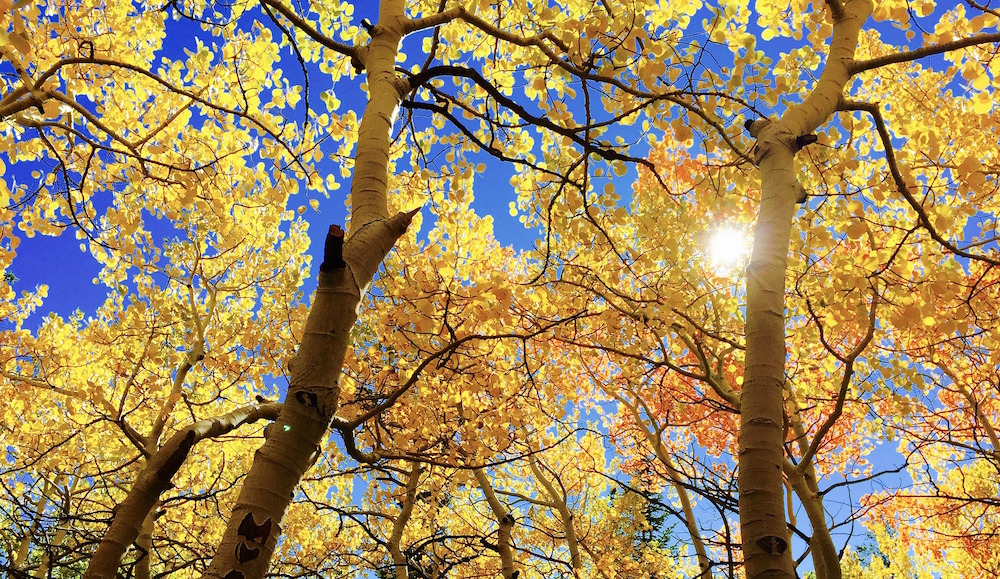
Occasional tree trimming not only addresses problems, but it helps keep trees healthy and attractive. But when is the best time to have your trees trimmed? The answer is, it depends both on why you’re trimming and what type of tree you have.
Trees have an annual cycle of growth and dormancy, and while dormant pruning is fine for all trees, tree pruning can be done in any of the different seasons. In some cases, there are benefits to pruning certain species at a different time of year. For the most part, though, the best time to perform tree trimming relates to the specific problem or issue you’re trying to address.
Tree Trimming in Winter
Winter is the most popular time of year for tree pruning, since trees are not actively growing. When trees don’t have leaves, crossing branches and problematic growth patterns are easier to spot. It’s best to trim trees after the coldest part of the season has passed, so they aren’t further stressed by an extreme cold snap. Winter tree trimming (link to tree services page) produces a flush of new growth the following spring, since the tree has extra root and energy reserves that will go into producing new growth on the remaining branches.
In general, winter pruning is fine for all species of trees. While there are reasons why you might want to prune certain species at a different time, trimming those species in winter won’t harm them.
Spring and Summer Tree Pruning
Spring is an acceptable time of year for trimming most tree species. The sap is rising in the tree, so it can be a bit messier, but before the tree has fully leafed out, it’s still easy to see the branches and identify the ones that need to be removed. One advantage of spring trimming is that dead branches are easier to spot and remove. Early spring pruning of trees that flower in mid- to-late summer is also desirable because the tree will redirect its energy into producing more buds on the remaining branches.
Summer trimming is a bit more difficult because the tree is fully covered in leaves, so it’s harder to spot problem branches. On the other hand, summer is the best time to identify weak branches – they sag under the weight of the leaves. And summer is the best season for pruning spring-flowering trees; the tree will form more flower buds on the remaining limbs if it is pruned shortly after the spring flowers have faded.
In addition, several species of trees produce a lot of sap and can create a real mess if they’re trimmed in late winter or spring. These include the following:
- Maples
- Birches
- Dogwoods
- Walnuts
- Elms
Summer pruning of these species will eliminate a lot of sticky mess on nearby cars, decks, patios, or driveways.
Fall Tree Trimming
In general, fall is the worst time of year for tree pruning. The tree is going into dormancy, so cuts take longer to heal, and various fungal diseases that infect trees release large numbers of spores in the fall. The abundance of fungal spores combined with unhealed cuts and the typical cool, wet weather of fall in Little Rock increases the risk of infection.
In some cases, though, fall tree trimming is advisable. If a large limb on your tree that hangs over your parking spot suddenly died at the end of the summer, you want to have it taken down before a winter ice or snow storm does the job. Branches or trees that pose a safety hazard or threaten property should always be removed as soon as possible, regardless of the season.
For Little Rock tree trimming services for all reasons and in all seasons, contact Capital City Tree Service at 501-686-2097. We’re experts in the proper tree pruning techniques to promote your tree’s health.



